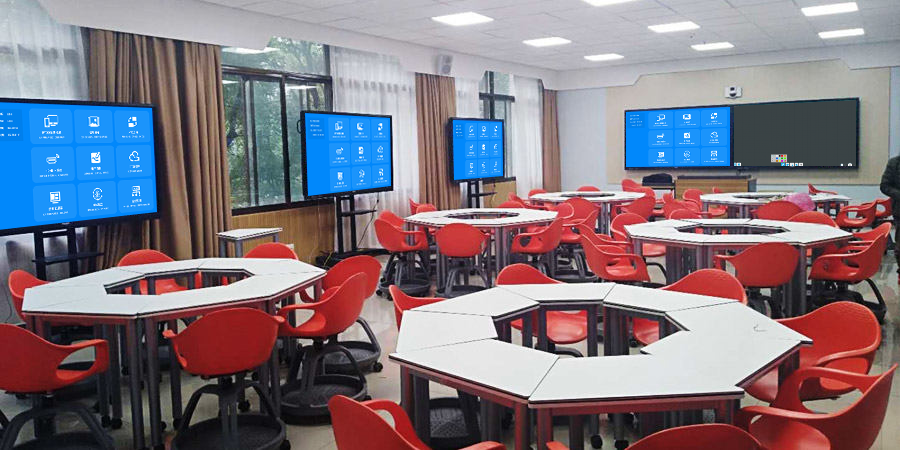What is Multi-Screen Collaboration? A Deep Dive into How Built-in Video Conferencing ROOMS and Wireless Screen Mirroring are Reshaping Modern Work
In today’s workplace, we constantly switch between various devices such as phones, computers, and tablets. Information fragmented across different screens severely impacts work efficiency and team creativity. Thus, “multi-screen collaboration” emerged, but it’s far more than just “screen mirroring.”
I. Beyond “Screen Mirroring”: The Deeper Meaning of Multi-Screen Collaboration
Many people mistakenly equate “multi-screen collaboration” simply with “phone screen mirroring” or “wireless screen mirroring.” In reality, true multi-screen collaboration is a comprehensive ecosystem that integrates hardware, software, and protocols. It allows for two-way content transfer, interactive control, and data synchronization between different terminal devices, not just simple screen mirroring.
Its core value lies in breaking down device silos, allowing information to flow seamlessly between different screens, thereby greatly reducing the time lost due to device switching and truly achieving efficient collaboration.
II. Built-in Video Conferencing ROOMS: The “Smart Brain” of Collaboration Spaces
Modern conference rooms are the main battleground for multi-screen collaboration. And the built-in video conferencing ROOMS solution is precisely the “smart brain” of this space. It’s no longer about externally connecting a video conferencing box; instead, professional video conferencing capabilities are deeply integrated into conference tablets or smart displays.
This integration brings enormous advantages:
- One-Tap Meeting Entry: Ready to use upon startup, eliminating the need for cumbersome cable connections and device debugging, saving valuable time.
- Superior Audio and Video: Natively optimized camera, microphone, and speaker arrays provide an audiovisual experience comparable to professional-grade conferences.
- Seamless Collaboration: During a meeting, participants can instantly share content from their screens via phone screen mirroring or directly use whiteboard functions for real-time annotation. All operations are completed within an integrated ROOMS system.
III. Wireless Screen Mirroring: The “Key Hub” of the Collaboration Process
Wireless screen mirroring is the “key hub” technology for achieving multi-screen collaboration. It makes content sharing incredibly simple. Whether it’s an employee’s laptop, Android phone, or Apple phone, screen content can be instantly pushed to the main conference screen via wireless screen mirroring.
More advanced technology also supports RTSP streaming and recording integration. This means important meeting discussions and training content can be recorded in real-time via standard RTSP protocol, livestreamed to colleagues who couldn’t attend, or archived for later playback and learning, maximizing the extension of collaborative value.
In conclusion, multi-screen collaboration is a complete closed loop with built-in video conferencing ROOMS as its interactive center, wireless screen mirroring as its connection method, and RTSP streaming and recording integration as its value extension. It is no longer an optional office “gimmick” but an inevitable choice for enterprises moving towards a smart and efficient future. Understanding and applying this complete solution will help your team stand out in the competition.